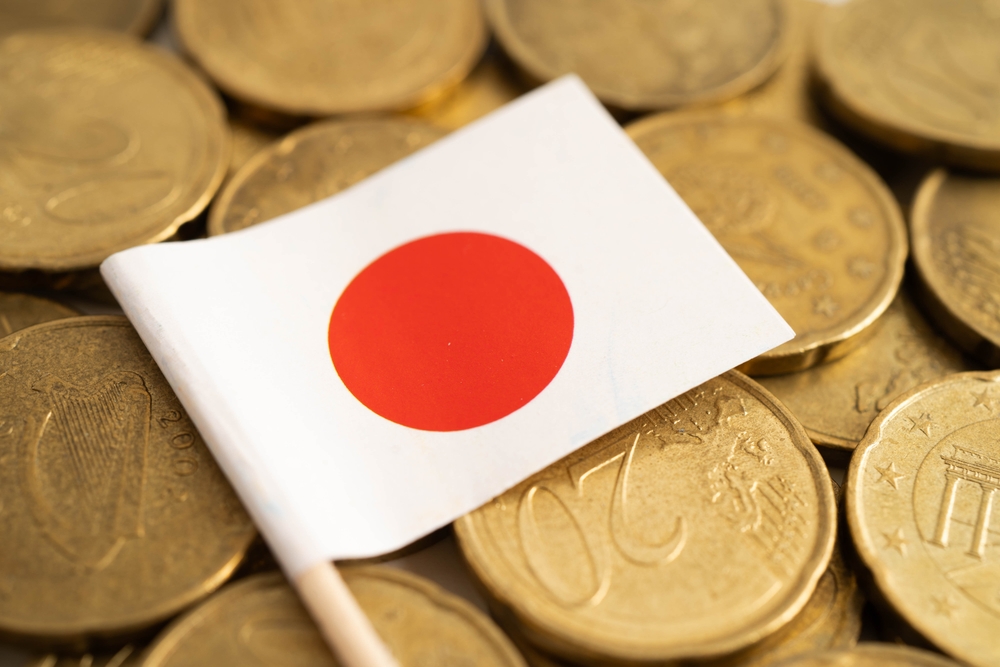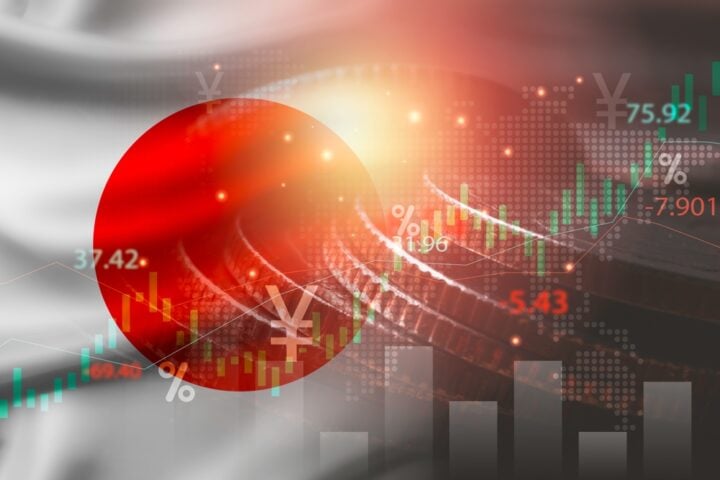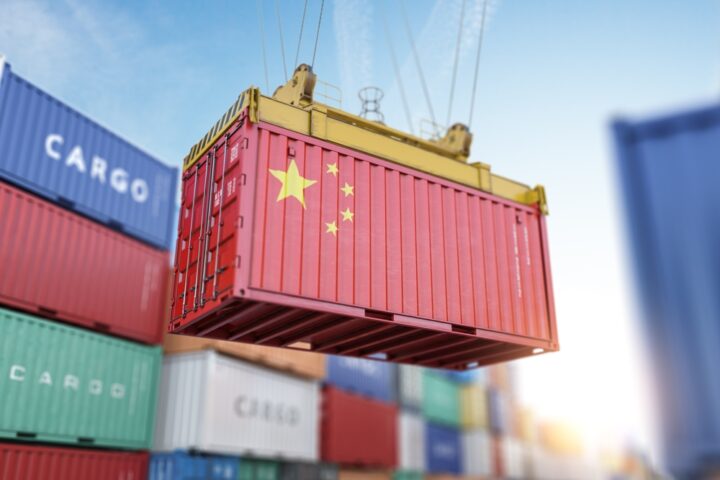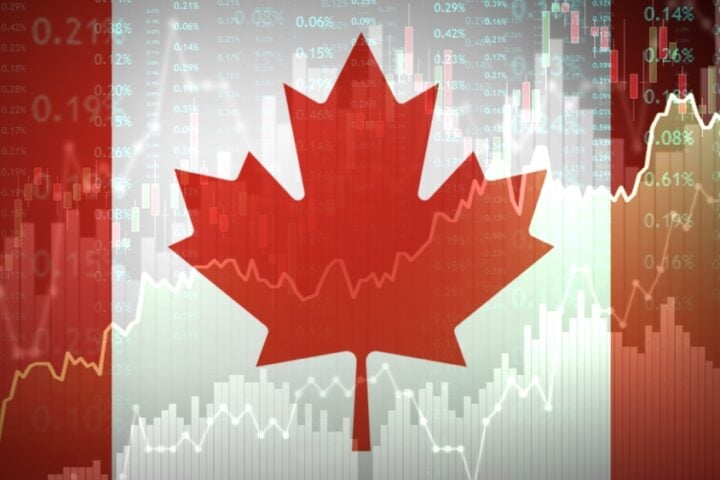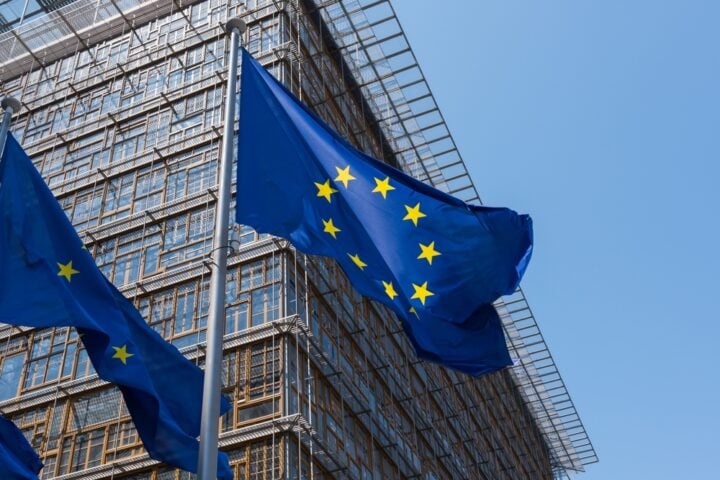BOJ Expected to Tighten Policy for First Time Since 2023
The Bank of Japan (BOJ) is widely expected to raise interest rates on Friday, barring any unexpected market turmoil tied to U.S. President-elect Donald Trump’s inauguration.
If confirmed, this move would lift Japan’s short-term borrowing costs to their highest level since the 2008 global financial crisis and mark a decisive shift in the BOJ’s ultra-loose monetary policy.
- Current BOJ short-term policy rate: 0.25%
- Expected rate hike: 0.50%
- Analysts’ forecast for neutral rate: Near 1%
Jeffrey Young, CEO of DeepMacro, commented:
“Japan had a permanently low growth rate, inflation rate, and lower level of interest rates. The BOJ needs to explain that they are raising rates to move away from extraordinary policies.”
Market Signals and BOJ Strategy
The BOJ has taken measured steps to prepare financial markets:
- Governor Kazuo Ueda and his deputy hinted last week that a rate hike was imminent, sending the yen rebounding.
- Board member Naoki Tamura proposed a rate increase in December, reinforcing the likelihood of a shift.
- Markets currently price in an 80% chance of a rate hike on Friday.
While inflation has exceeded the BOJ’s 2% target for nearly three years, policymakers remain cautious about the economic risks of tightening too quickly.
Inflation and Japan’s Economic Outlook
The BOJ is also expected to raise its price forecasts in a quarterly outlook report, citing:
- Broadening wage gains, which suggest inflation may be sustainable.
- A weak yen, which has kept import costs high and added inflationary pressure.
- The International Monetary Fund’s improved 2025 global growth outlook, which supports Japan’s export-driven economy.
However, Trump’s policy agenda could introduce volatility, and Japan’s political uncertainty could further complicate economic forecasts.
Potential Risks: Trump’s Policies and Domestic Politics
While global growth projections have improved, Trump’s policies remain a key risk factor:
- Uncertain trade policies could impact Japan’s export-dependent industries.
- Financial market volatility tied to new U.S. tariffs or deregulation could trigger capital flight from Japanese assets.
Domestically, Prime Minister Shigeru Ishiba’s coalition faces challenges:
- Difficulty passing the national budget through parliament.
- An upcoming upper house election in July, which could lead to further instability.
Lessons from Past BOJ Rate Hikes
The BOJ remains wary of past missteps, particularly:
- The premature rate hikes of 2006-2007, which ended quantitative easing and triggered deflationary risks.
- The 2008 financial crisis, which forced the BOJ to quickly reverse course and cut rates back to near-zero.
Young added:
“The BOJ must be careful to avoid repeating past mistakes. The market still questions whether Japan has truly escaped its low-growth, low-inflation trap.”
Market Focus: Pace of Future Rate Increases
With a 0.5% rate hike largely expected, market participants will shift focus to Governor Ueda’s post-meeting briefing, where key questions include:
- How quickly will rates rise toward the 1% neutral level?
- Will the BOJ continue gradual hikes or adopt a more aggressive stance?
- How will Japan’s fiscal and monetary policies align in 2025?
Looking Ahead
The BOJ’s policy decision will set the tone for Japan’s economy in 2025. While rate hikes appear necessary to normalize policy and control inflation, external risks from Trump’s economic policies and domestic political uncertainty may complicate the BOJ’s path forward.


